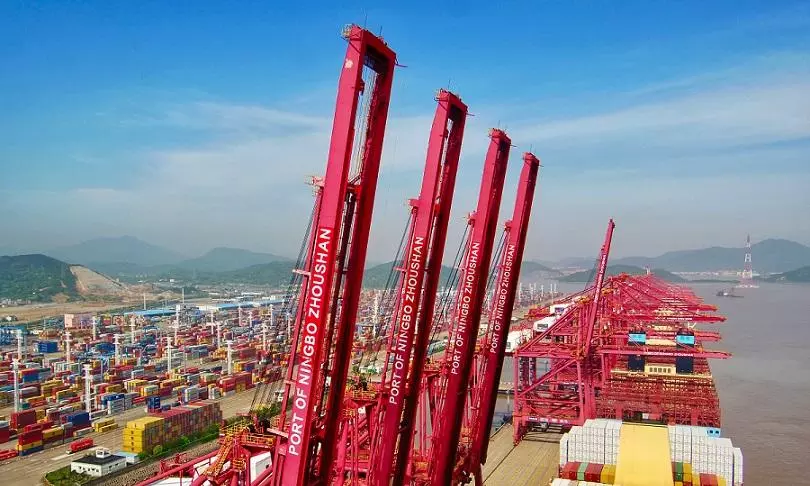Chinese container rates drop as Lunar New Year cargo rush fails
Cargo volumes may recover once businesses have adjusted inventory levels, unlikely to improve supply/demand balance

The bad news for liner operators appears to have no end, according to the latest update from BIMCO.
"In a normal year, the weeks leading up to the Chinese New Year (CNY) bring an increase in volumes and freight rates. So far, however, the lead-up to CNY in 2023 has been the worst in 13 years. Spot rates for containers loading in Shanghai will normally be 12 percent higher just before CNY than 10 weeks earlier. Similarly, average rates for all containers loading in China will normally end 4 percent higher. This year, both spot and average rates, however, continue to fall."
The China Containerized Freight Index (CCFI), which measures average Chinese export container rates, has seen a 50 percent drop since February 2022 and stood at 1,730 seven weeks ago. Rather than stabilising and then climbing towards CNY, it has continued to fall. Last week it hit 1,271 and has therefore dropped by a further 27 percent since mid-November, the update said.
"From 2011 to 2020, the CCFI, on average, increased 3 percent in the seven weeks from week 10 before CNY to week three before CNY. The worst year was 2012 when the CCFI fell 6 percent during those seven weeks while the best year was 2020 with an 8 percent increase. The market situation in 2021 and 2022 was unique as congestion and a spike in consumer demand led the market, and the lead-up to CNY was also strong. So far, the development in 2023 is therefore the worst in thirteen years," says Niels Rasmussen, Chief Shipping Analyst, BIMCO.
The CCFI is showing worse-than-normal development in all trade lanes. The index has fallen by 34 percent and 57 percent, respectively, during the last seven weeks to Europe and Mediterranean whereas the index for exports to the U.S. West Coast and East Coast are down by 26 percent and 27 percent, respectively, the update added.
"During the last seven weeks, the CCFI has, in contrast to earlier in 2022, dropped faster than spot rates for exports out of Shanghai (as recorded by the Shanghai Containerized Freight Index (SCFI)). The SCFI has fallen 23 percent whereas the CCFI has fallen 27 percent," says Rasmussen.
In absolute terms, the SCFI and CCFI remain 18 percent and 49 percent higher, respectively, than at the same time in 2019 and the rate increases achieved during 2020 to 2022 have not yet been fully erased, the update said. "Supply growth is expected to outpace demand growth in 2023 due to the high number of planned newbuilding deliveries and add further pressure on freight rates."
Cargo volumes may recover from current levels once businesses have adjusted inventory levels but it is unlikely to be sufficient to improve the supply/demand balance unless all liner operators take action to match capacity offered to market developments, something they so far have apparently been unable or unwilling to do, the update said.



